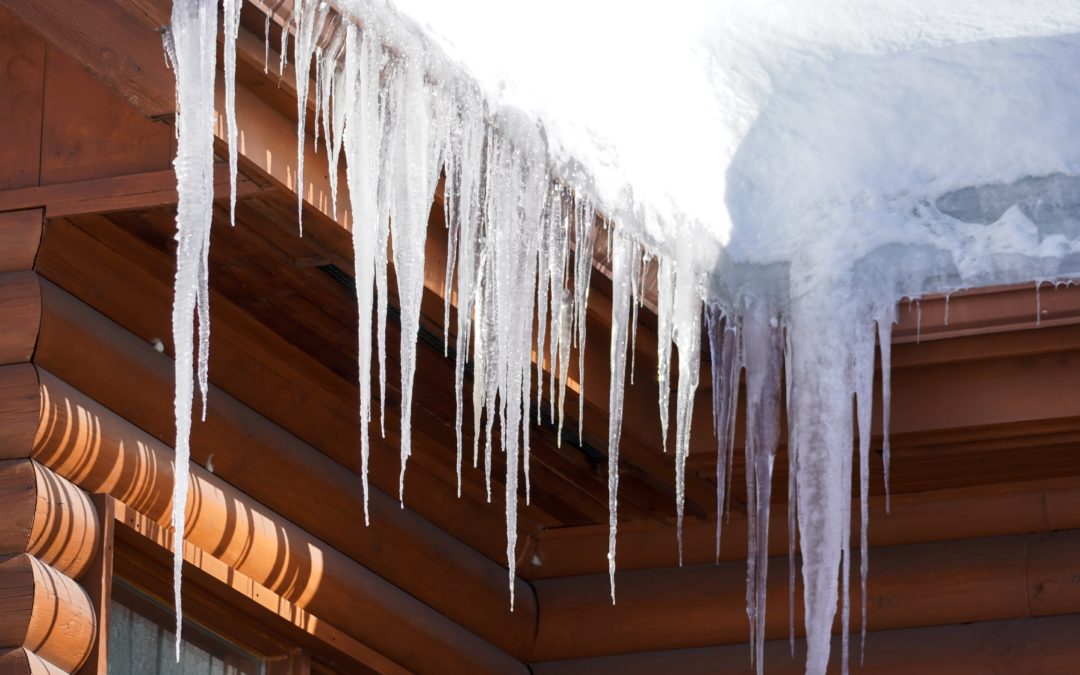Name the three states of matter.
Solid
Liquid
Gas
Complete the sentence: Mass is never ____________, it just changes ________________.
Matter is never created or destroyed, it just changes form.
Give three examples of mixtures.
Answers may include fruit salad, salad, salt and pepper, water and sand, marbles
Give three examples of a chemical change.
Answers may include burning, cooking, baking, rusting, tarnishing, decaying or breaking down of materials
Identify the change:
Both: The wax melting is a physical change and the wick burning is a chemical change.
Why does an ice cube melt at room temperature?
The temperature of the ice increases.
Explain the difference between weight and mass on the moon.
Weight depends on gravity, so on the moon it's less. Mass stays the same because it is the amount of material an object is made of stays the same.
What is it called when one substance completely dissolves in another substance?
A solution
Describe the difference between a physical change and a chemical change.
In a physical change, the chemical properties of a substance do not change and it can be returned to its original state. In a chemical change, the chemical properties of a substance changes and it can not be reversed.
Describe the type of matter seen in this picture:

Solid
Read the sentences with the CORRECT WORDS (solid, liquid, gas) in each blank:
At an object’s boiling point, a ___________ changes to a ____________
At an object’s freezing point, a ___________ changes to a ____________
At an object’s boiling point, a liquid changes to a gas.
At an object’s freezing point, a liquid changes to a solid.
Your science teacher crushes a can of soda. What has changed about the can?
Its shape
Its mass
Its weight
Its shape and weight
Its shape
Why is a solution like saltwater considered a physical change and not a chemical change?
The chemical properties of the salt and the water do not change when they are mixed together. The solution can also be separated.
Name three clues that point to the fact that a chemical change has occurred.
Answers may include gas or bubbles forming and being released, light or heat being given off, a new solid forming, an unexpected color change, or a new odor.
Describe the two types of matter seen in this picture:

Solid (balloon) and gas (helium in balloons, atmosphere)
Define the terms: evaporation, condensation using liquid, water, and water vapor.
Evaporation is when liquid water turns to water vapor (gas). Condensation is when water vapor turns to liquid water.
Using your knowledge of density, explain the following picture:
The liquids at the top have fewer particles than the liquids at the bottom. As the amount of particles increase, the liquids sink below the liquids with fewer particles.
Describe the steps that you would take to separate a mixture of:
Water
Salt
Iron filings
Rocks
Sand
Pick out the rocks with your hand
Use a magnet to take out the iron filings
Use a filter to remove the sand
Boil the water in order to turn it into a gas
The salt will be left behind
Explain why dying your hair is a chemical change and not a physical change.
When you dye your hair, you are using chemicals to alter the color of your hair. The only way to reverse it is to allow your hair to grow back.
How could you reverse the physical change occurring in this picture?
You would stop burning the candle to let the wax cool and harden, or turn back into a solid, again.
Define each term that describes changes in state: evaporation, condensation, melting, freezing.
Evaporation is when liquid turns to gas. Condensation is when gas turns to liquid. Melting is when solid turns to liquid. Freezing is when liquid turns to solid.
Using your knowledge of density, explain why oil floats on top of water.
Water has a higher density of particles, so it sinks to the bottom and oil has a lower density of particles, so it floats on top of the water.
Identify the 4 ways to separate mixtures and solutions.
1. Evaporation
2. Sifting
3. Magnetic attraction
4. Filtration
Give an example of changes that can be both physical and chemical.
Answers could include burning a candle, eating food, making cake or cookies
Describe what would happen to the icicles once the sun comes out for several hours.

The sun would heat the ice and melt it. It would puddle below the icicle and then continue to heat up. Some water particles may evaporate from the top of the puddle.